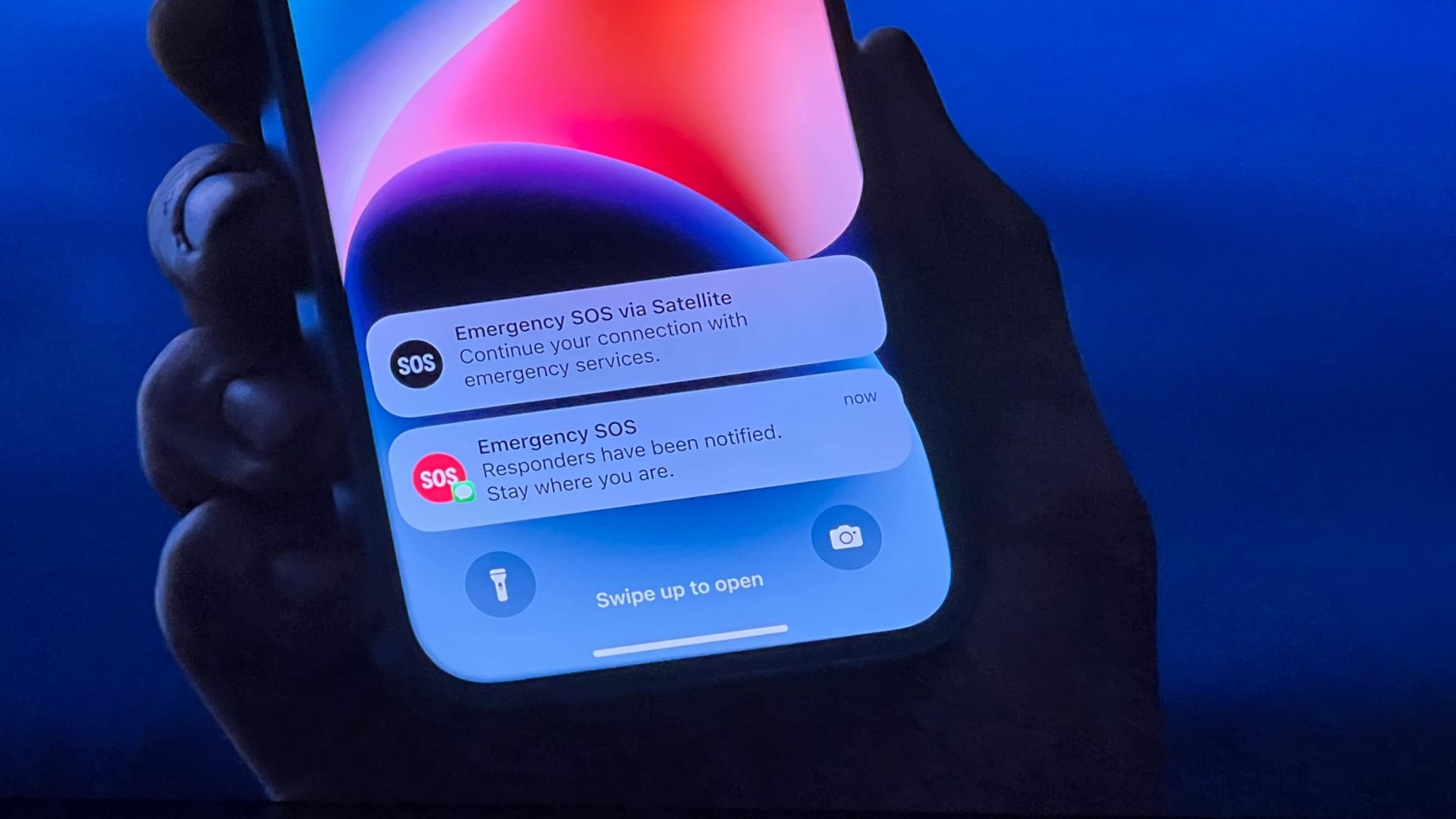The race to provide high-speed internet from satellites is well underway – but another, more ambitious competition, to connect directly from space to devices like smartphones, began in earnest earlier this year.
The potential untapped market — which hinges on, but extends beyond, sending a text via space — is spurring a tale of two strategies: Those putting specialized antennae in phones, versus those putting high-powered antennae on the satellites themselves. For some companies, it means billions spent on what could end up being a losing approach.
“The satellite industry is really niche and – if they can tap into connecting billions of smartphones – they can start talking about market sizes that are way greater than they’ve ever been able to address before. Everything before has been in the millions,” Caleb Henry, senior analyst at boutique research firm Quilty Analytics, told CNBC.
A host of projects and partners – from Apple, Iridium, SpaceX, T-Mobile and AT&T, among others – have come to the fore in 2022, at various stages of development to connect directly to smartphones. It’s long been a dream of satellite communications visionaries, but bulky, specialized and typically expensive satellite phones fell short of mass appeal.
Now, an evolution of technology is revamping the race to perfect space-based communications, according to Patricia Cooper, founder of Constellation Advisory and former SpaceX vice president for satellite government affairs.
“One of the differences [from earlier generations] is the capability of today’s satellites in low Earth orbit, which means that they might be able to deliver more than just a thin kind of text, or almost like a pager, service,” Cooper said.
Diverging tech
SpaceX this summer announced a partnership that would allow T-Mobile users to send messages from places unreachable by terrestrial cell towers, utilizing SpaceX’s second generation of Starlink satellites.
CEO Elon Musk said the larger, upgraded Starlink satellites would feature wide antennae that could transmit directly to a mobile device, with T-Mobile hoping to eventually add voice calling through the satellites.
While SpaceX has launched more than 3,000 first generation satellites so far, adding a direct-to-phone service will require thousands more.
The partnership is similar to those made by AST SpaceMobile. The company last month put its second test satellite in orbit and has deals with mobile telecoms, including AT&T, Vodafone and Rakuten. The satellite company went public via a SPAC last year and has raised nearly $600 million to date.
AST’s network would consist of fewer satellites than the Starlink constellation, but still calls for nearly 250 to be deployed for global coverage.
Private venture Lynk Global likewise aims to provide a cell tower in space from satellites, with plans for a constellation of several thousand in a few years. Lynk has raised around $25 million since its founding in 2017. It’s flown five test satellites to orbit so far.
The company announced it sent “the world’s first text message from a satellite in orbit to a standard mobile phone on the ground” in early 2020.
And while some build out satellite networks, other major players are eyeing Earth-bound innovations, with systems dependent on a specialized antenna in phones.
Apple – the leading provider of satellite smartphone communications so far, albeit in a limited capacity to start – recently announced an emergency feature of iPhone 14 models that leverages the technology. In partnership with Globalstar, the feature allows users to send compressed text messages from iPhone 14s via satellites.
Apple is set to spend more than $400 million to utilize the majority of Globalstar’s network and to add more satellites to it.
Iridium, a long-time provider of satellite communications to specialized phones, has yet to announce a partner for a direct-to-smartphone service. But CEO Matt Desch last month told CNBC at the 2022 World Satellite Business Week conference that his company has been “working on that opportunity.”
Iridium expects to finalize a contract with a smartphone partner by the end of 2022, with Desch having said that “our service is going to be global day one” when it launches.
A ways to go
Companies must overcome key technological and regulatory hurdles to bring these long-envisioned networks to market.
“The services so far are all starting out with the most minimally intensive services that they can provide — and that’s texting,” Quilty Analytics’ Henry noted. “The true testament of what level of service each of these companies will be able to provide is ultimately going to depend on how many satellites they’re able to launch, how powerful the satellites are, and the amount of spectrum they have access to.”
Both Henry and Cooper said the regulatory unknowns around these types of services will be specifically challenging to companies’ networks. Telecommunications is “a heavily regulated area,” Cooper said, and “there aren’t very many scenarios where the rules are first set up for a new technology innovation.”
She also emphasized the true scope of the market, and how lucrative it could be, remains to be seen.
“I don’t think we know how this is going to be paid for. We don’t know whether the market is going to be determined by how much cellular companies will pay satellite companies to partner and invest [in constellation infrastructure], or whether it’s going to be paid by consumers and it’s going to add pennies on your bill and that’s going to flow through to the satellite companies,” Cooper said.
“Until we know that, we can’t know scale,” Cooper added.
